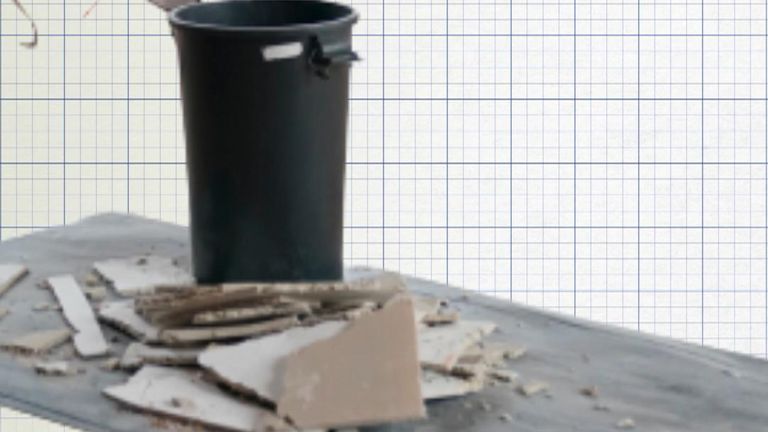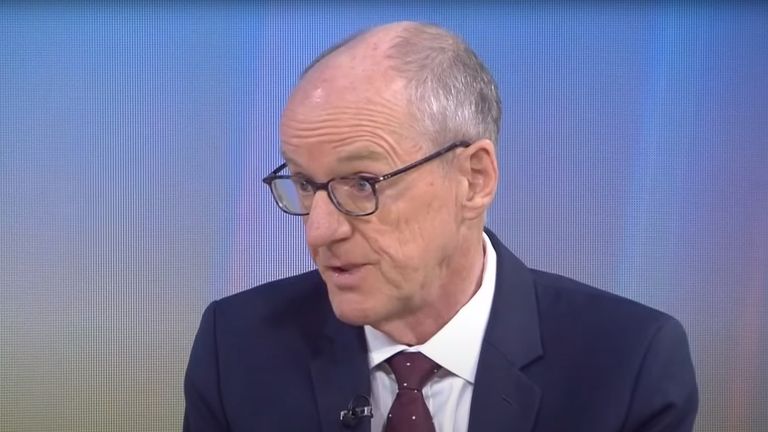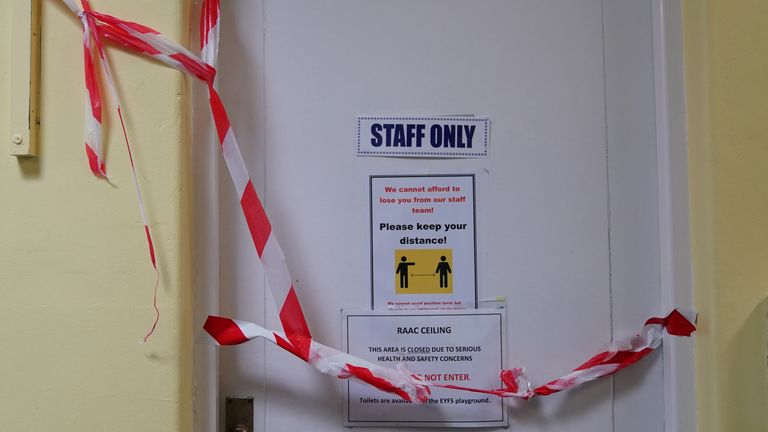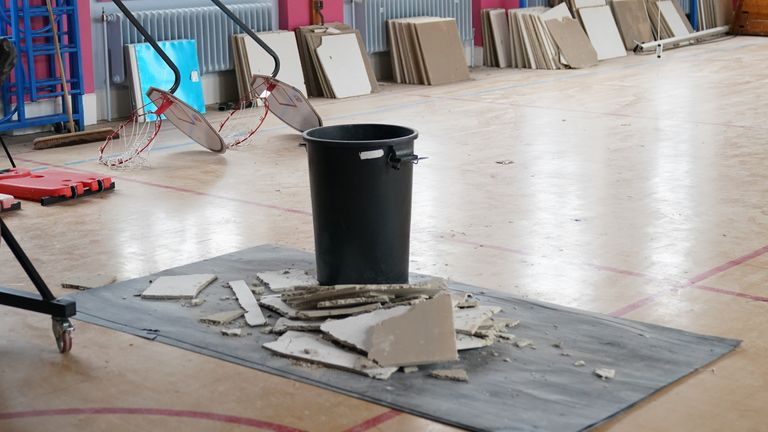The crisis over unsafe concrete in schools may extend beyond the education sector to other types of public buildings, experts have warned.
They say the scale of the problem with reinforced autoclaved aerated concrete (RAAC) is “much bigger than schools” and could include hospitals, police stations, and court buildings.
Even private sector sites such as shopping centres and residential tower blocks could also be impacted, experts say.
Meanwhile, Labour MP Dame Meg Hillier, chairwoman of parliament’s Public Accounts Committee, has warned the issues with RAAC in schools are just the “tip of the iceberg” of maintenance issues for sites across England.
It comes after 104 schools and colleges were told by the Department for Education (DfE) to partially or fully shut buildings just days before the start of the new school year over fears about the safety of facilities built with RAAC.
Labour has called for an “urgent audit” across the public sector estate, while the Liberal Democrats say the public must be given “urgent clarity” over whether hospital wards and buildings could also be forced to close.
Politics latest: More classrooms could shut over collapsing concrete fears
RAAC is essentially a lighter-weight form of concrete, used to build roofs, schools, colleges and other buildings from the 1950s until the mid-1990s,
But experts fear that the material has now reached the end of its shelf life and is liable to collapse.
Though not confirmed, it is estimated that around 24 schools in England have been told to close entirely because of the presence of RAAC.
Schools minister Nick Gibb has admitted more could be asked to shut classrooms.
But the problem could be far wider than just schools, experts say, with other buildings at risk of “sudden and catastrophic collapse” if RAAC is not removed.
Chris Goodier, professor of construction engineering and materials at Loughborough University, said the “scale of the problem is much bigger than schools”.
He says it could cover public sectors including health, defence, and justice, as well as some private sector buildings.
NHS providers have already identified 14 hospitals, which were constructed “either wholly or in major part with RAAC”. Seven of these are considered “critical” and not fit for purpose beyond 2030.
Three buildings operated by Police Scotland have also been found to contain RAAC after an investigation of 65 structures.
Matt Byatt, president of the Institution of Structural Engineers, says any high-rise buildings with flat roofs constructed between the late 1960s and early 1990s may also contain RAAC.
According to Dame Meg, the DfE has been aware of a “significant problem” with RAAC since a roof collapse in 2018.
She warns that this week’s announcement could have a “significant impact” on the department’s wider school maintenance programmes.
Read more:
Disruption at primary school with unsafe concrete to last until 2025
Which other buildings are at risk of concrete collapse?
Ministers urged to publish full list of impacted schools
In an opinion piece in The Times newspaper, she writes: “At our hearing in July it was clear that officials were being thorough with the proportion of school buildings they were working on, including the surveys of 600 schools with RAAC which have led to this week’s decision.
“But this is the tip of the iceberg of a failing school estate in England. Most of the 700,000 pupils currently being educated in substandard buildings are not in RAAC buildings and will now be waiting longer for the improvements they need.”
Around 104 schools or “settings” in England found with concrete prone to collapse are set to be closed or disrupted – on top of 52 that have already been affected this year.
The government says the schools needed to close because of safety fears, which have arisen due to concrete failing “with no warning”.
While the DfE has previously focused on remediation, Mr Gibb says the department is now taking the “cautious approach” that all of the concrete should be removed.
Labour is calling on ministers to “come clean” and publish the full list of schools that will be impacted, as they have not yet been publicly named.
It has also accused the government of “neglect and incompetence” over their handling of the issue.
Is your child’s school one that has been forced to close over unsafe concrete fears?
Share your story with us on WhatsApp here.
By sending us your video footage, photographs or audio you agree we can publish, broadcast and edit the material.






